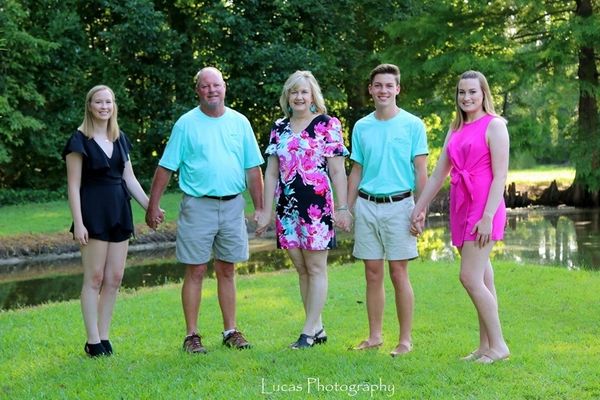Two weeks ago, I received a phone call that literally brought me to my knees. My mom had been involved in an accident and had been airlifted to a Level One trauma center. They weren’t sure how badly she was injured, or if she was responsive. She had sustained significant head trauma. I remained freakishly calm between phone calls to my sister, the hospital, and the woman who had witnessed the accident, trying to gauge how bad the damage was. My mom needed scans and stitches to repair the compound fracture in her wrist, as well as a blood transfusion. When I was doing my first responder training, one of my instructors reminded us that we were supposed to act like ducks: on the surface, everything remains calm while underneath the duck’s feet paddle frantically to maintain momentum. I was a duck that night, until I wasn’t anymore: after eight hours of calm, restrained paddling, I sobbed on my bedroom floor while my housemate stroked my hair and told me everything would be alright.
One in seven patients who enter the hospital on any given day will need a blood transfusion. According to the Red Cross, approximately 36,000 units of red blood are needed daily in the US. A single teaspoon of blood can save a baby’s life. My blood type is O-negative, making me a universal donor: Type O-negative blood can be transfused to trauma patients with any blood type. Type O blood is also the most commonly requested blood type.
Yesterday I donated two units of blood to the Cascadia Regional Blood Services donation center. I squeezed the rubber ball and watched the donation bag fill with blood. My donation will likely be used in a trauma center or on a medical helicopter to help save the lives of patients like my mom. Or it might be sent to the local children’s hospital for use on pediatric trauma patients. My mom has received two blood transfusions in her life: one hours after she was born, which saved her life and allowed her to grow up to become the incredible, kickass woman she is, and one in the trauma center after her accident. Two transfusions, more than fifty years apart, that saved her life. Blood donors in Philadelphia and Los Angeles gave my mom the blood that saved her. I will always be so incredibly grateful to them, and to the regional blood donation services that organize and oversee the donation process.
I make sure to donate blood every six months, but I will now make it a priority to donate every two months (the minimum amount of time between donations). It makes me happy to know that my blood could help save someone’s life. Blood donation is the reason my mom is alive today (and the reason I’m alive too!). In as little as half an hour you can make a life-saving change in the world. Your donation could help save the lives of three people. To everyone who donates, or has donated blood: thank you!
To find a blood donation center near you, check out http://www.americasblood.org/ or http://www.redcrossblood.org/donating-blood





















